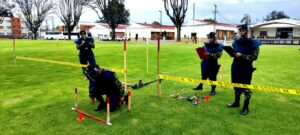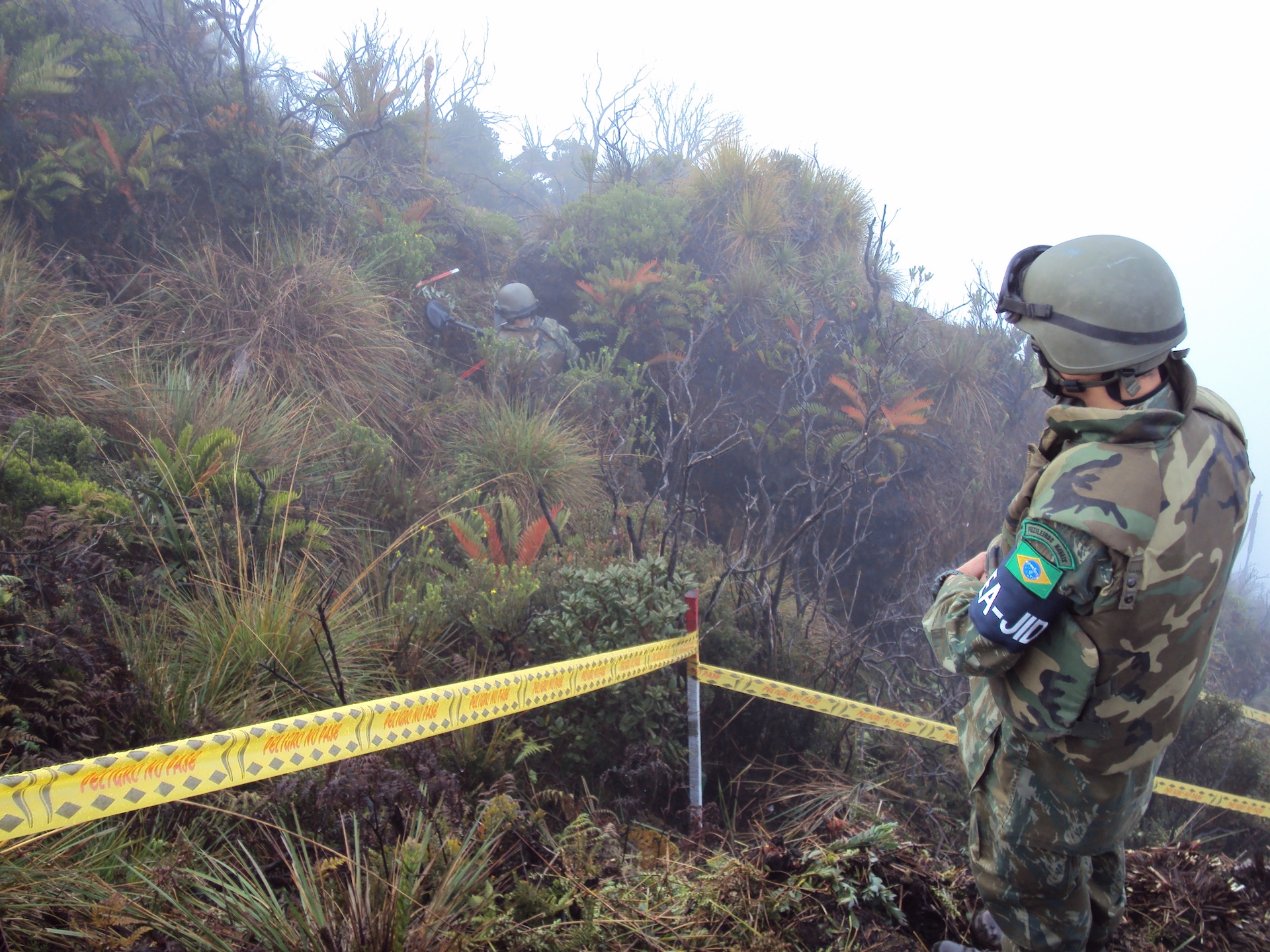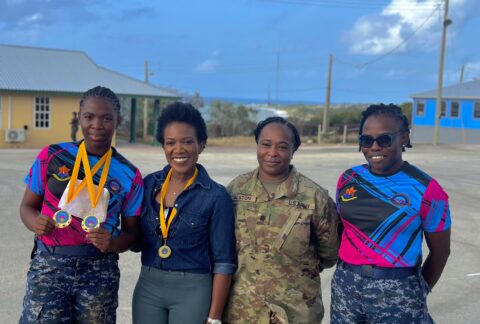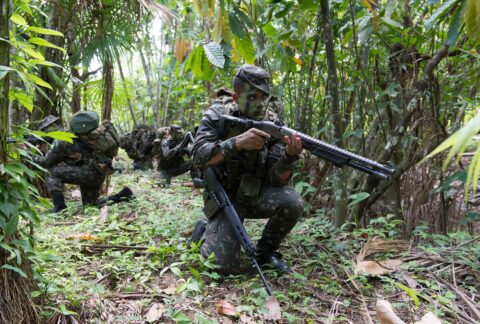The Inter-American Defense Board (IADB) has been working in humanitarian demining in Latin America for 30 years. The entity, together with the Organization of American States (OAS), has contributed to humanitarian demining in seven countries. Currently, the work is being carried out in Colombia.
In a conversation with Diálogo, Brazilian Army Colonel Luiz Claudio Talavera de Azeredo, humanitarian demining advisor and head of the IADB’s Technical Services Division, pointed to the efforts of those involved during these three decades. “In the 30 years of humanitarian demining, 454 military personnel from member countries of the Board have worked in these missions,” he said.
Col. Talavera also highlighted the knowledge multiplier effect that IADB demining missions have brought to the armed forces of the countries served. “Thousands of military personnel from the American continent have had their professional technical knowledge improved with the help of the IADB demining missions, a situation that continues to occur as a result of the work of the Inter-American Technical Advisors Group (GATI) in Colombia,” he said.
The populations of the countries involved have also benefited from the demining process. “In addition to the restoration of the environment, such operations enable the full use of the land for activities such as daily commuting and food production,” Col. Talavera said.
According to the officer, the first contingent of IADB military personnel who participated in the training of 120 sappers (professionals who work in the field) from the Nicaraguan Army was from the U.S. Army. The training was held at Fort Benning, Georgia. “The United States has been a partner since the beginning of the process and contributes as a donor to the demining missions in the American continent organized by the OAS, a cooperation that is essential to the effectiveness of the demining work in the countries served,” Col. Talavera said. “They also act as members of the chain of care and evacuation when accidents occur in IADB demining missions.”

Background
The IADB’s involvement in humanitarian demining began in 1991, when the government of Nicaragua requested OAS assistance with its national demining program. In response, the OAS created the Mine Action Program in Central America (PADCA) and requested technical support from the IADB.
“The PADCA framework allowed for the establishment of a demining mission in Nicaragua, organized on the basis of a division of responsibilities between the IADB, the OAS, and Nicaragua [the host country], which began demining on May 10, 1993,” Col. Talavera said.
Soon after work began in Nicaragua, a similar demining structure was set up in Honduras in 1994. That same year, it was Suriname’s turn, and then the Assistance Mission for Mine Clearance in Central America (MARMINCA) was created in 1996, with the aim of eliminating mines from the entire region. The IADB was also active in Costa Rica. In 1998, Guatemala was added to the list of countries covered by MARMINCA. That same year, the OAS expanded PADCA and created the Comprehensive Action Against Antipersonnel Mines (AICMA).
Demining in Colombia
Currently, five military personnel — four from Brazil and one from Mexico — work with the Inter-American Monitors Group of Humanitarian Demining in Colombia (GMI-CO). The group, headed by the Brazilian Navy, works with AICMA, performing training, certification, operational assessment, and monitoring of humanitarian demining organizations operating in the country.
Brazil is also collaborating with demining in Colombia through the GATI, formed by two Brazilian military personnel. They work with the Colombian Military Forces’ General Command providing technical advice and training, teaching the National Humanitarian Demining Monitor course.
“The expectation is that Colombia will be free of mines over the next few years,” Col. Talavera said, adding that the IADB is ready to support any other demining initiatives in the American continent.









